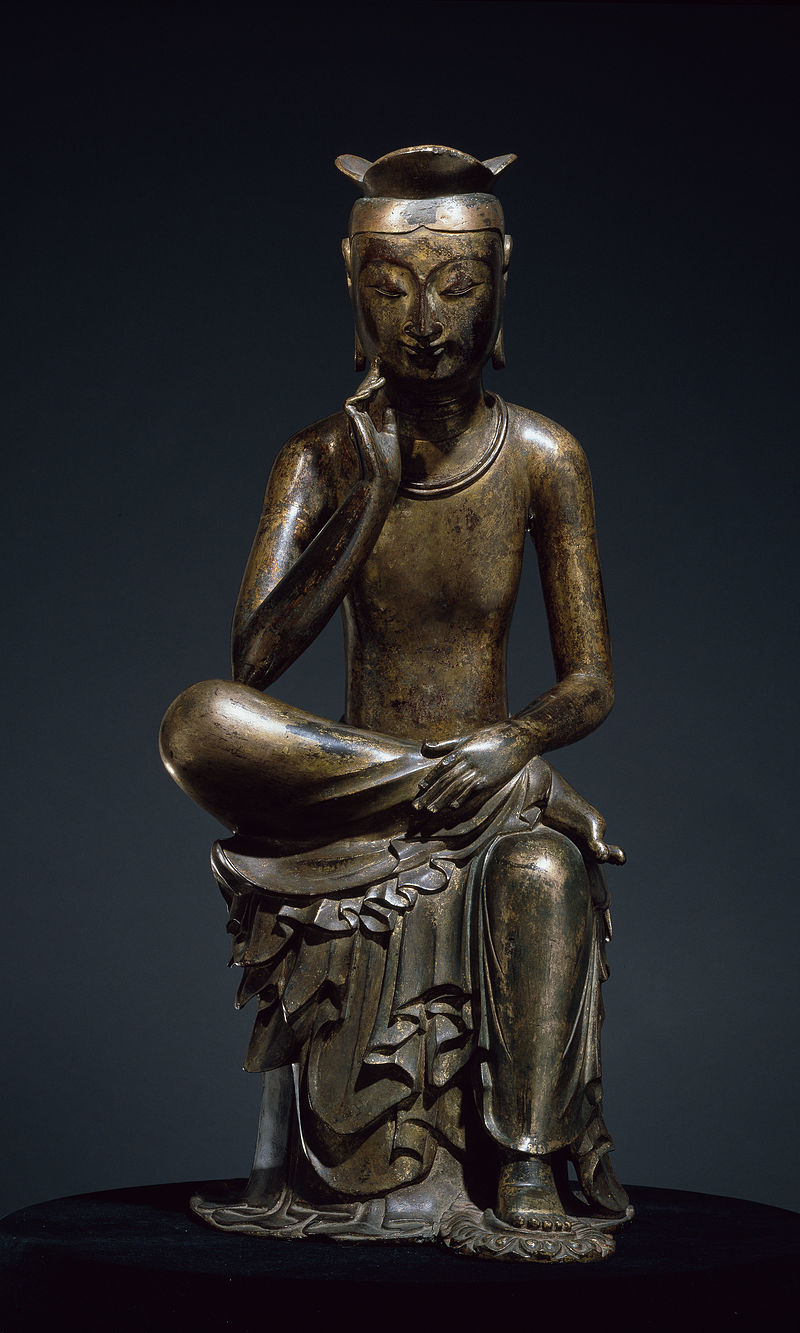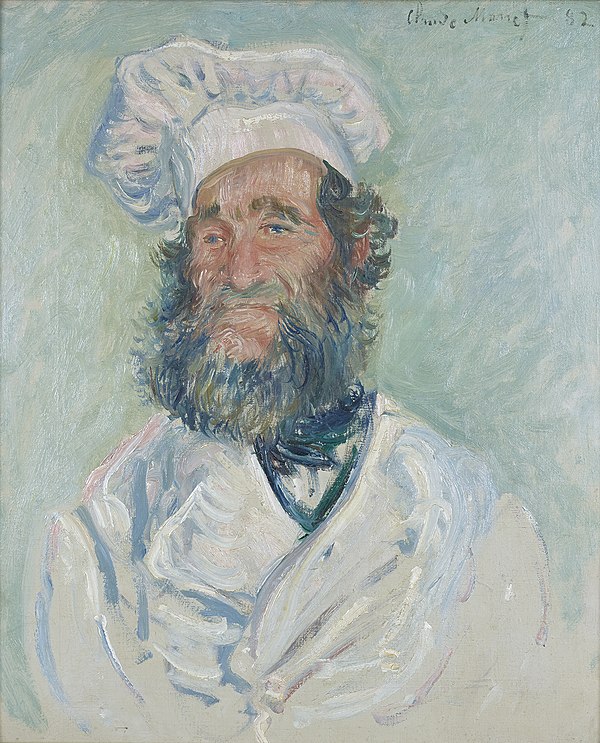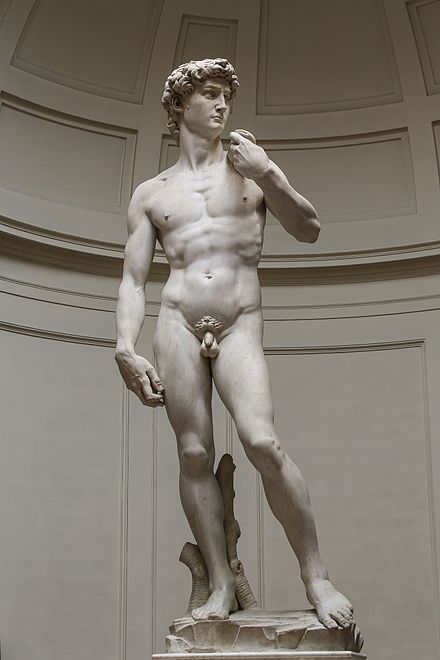Contemplation. Purpose. Patience. Providence. Korea is not absent from the fruit of the tree of Buddha. The most angelic manifestation of bronze in existence can be arguably represented with his precious gift of articulate sculpture. Upon first glance, to those who are familiar with the traditional Buddhist pose, one will be a bit perplexed with this crooked feature of pose. Why is this, a viewer may ask? The answer is a simple one. Buddha is not ready to be Buddha.
This is a period in the young princes life, that through not the recording of written word, but through sculpture carving and painting are we to discover an invaluable lesson in the development of someone who would equally bequeath an impact on humanity comparable to that of Jesus and Allah. Immensely human, at times tameless and undisciplined, but zealously obsessive with man’s fate as well of that of his own. The partial pose of this statue demonstrates his infancy of spiritual narrative. He is cautious and patiently awaits his arrival into glistening perfection. A real physical feeling, not something entirely dependent on spiritual confirmation or speculative providence.
There is also no floccinaucinihilipilification, on the contrary, an abundance of arriving struggle and triumph will cultivate the young prince, creating in him a limitless covenant with suffering and maturation beyond an unprecedented appreciation not yet seen in humanity. His right leg is placed gently over the left knee; he places a finger over his cheek, lightly symbolizing his deep feelings for his salient reckoning. This is the zenith moment before the Buddha’s awakening. It is known as “Contemplative Bodhisattva.”
The infancy of this magnificently human pose was birthed in India; it then arrived in China, then into Korea. Korean artists, specifically in the 6-8th centuries, fell upon the spell if its mystical charm. It is a rare, but mandatory indication of the process of the one who follows the vestige of Gautama; that is, his physical realm of affliction and chaos. This pose is personally suggestive of one’s own struggle and endurance level. Seek out that which enslaves you and dismantle it; the gift of thinking and analyzing is subjected to limitless peace and self-satisfaction.
Finally, upon noticing his gaze into the uncertainty of his own life, the young prince has attained piece. Regardless of more struggle or pain, he has been Enlightened. He is fearless. Life has been conquered. His soul has been cast aside. He is not in the presence of Gods or manifestations of entities. He has no need of them. He is slender, confident and at peace with anything that can suggest imbalance, inertia, or even death itself; they are of no concern. He pose is aggrandizing simplicity and identity, unlike Christian and Muslim instruction, obtaining Salvation is an exaggerated auxiliary. His whole entire pose is a magical pageantry of fleshly animation.
In this eloquent episode of the ‘Three Kingdoms Period’ (57 BC-668 AD) in Korean Art, composers paid careful attention to the presentation of The Buddha. While in this particular piece, the Buddha’s crown is mundane and deprived of aristocracy, while in more expressive examples, his crown would be embellished with jewels and richly stones. There is a focused attention to simplicity and observation to the self. Buddha is ready for his extraordinary destiny. But he is sagacious enough not to abandon his morality or propensity in exchange for divinity or eternity. His supreme accumulation of this odyssey is his preservation of his self, his duty to humanity, and his generous sense of compassion and tolerance for philistinism and condescendence of his fellow man. The pose is commensurate with the eve of discovery and the transfiguration of ordeal and trial. It is a pose of victory.


© 2024, Mark Grago. All rights reserved.




